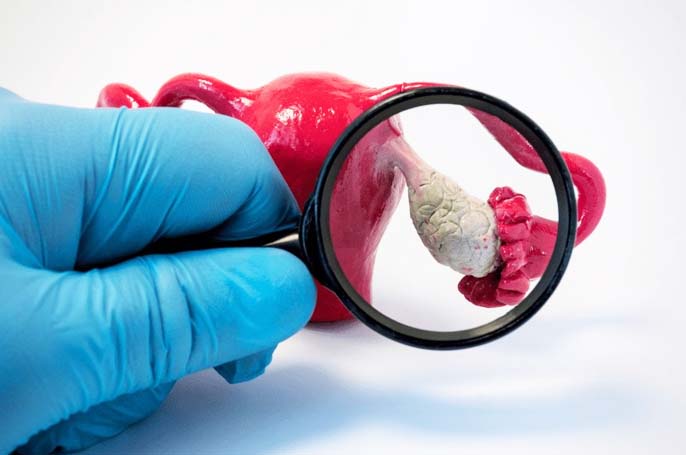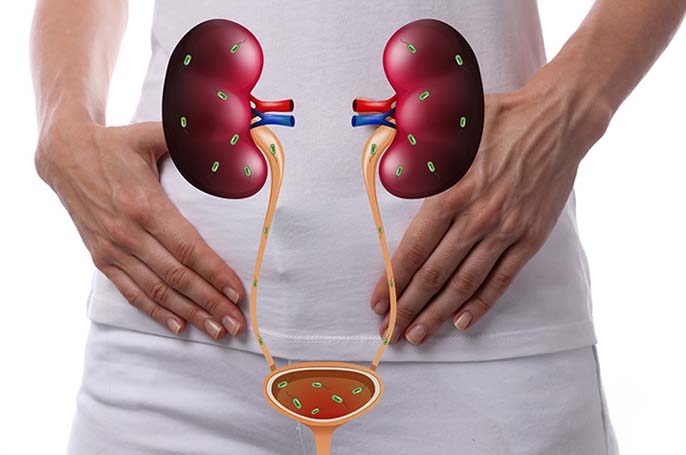PCOD Clinic

Polycystic Ovarian Disease (PCOD) is a disorder of chronically abnormal ovarian function and hyperandrogenism in women characterized by irregular or no periods, acne, obesity, and excess hair growth. The condition was named because of finding of enlarged ovaries containing small cysts (polycystic ovaries). PCOD refer to ovaries having many tiny cysts or bumps. These cysts themselves are not harmful and not needed to be removed. The name Polycystic Ovarian Disease refers to the enlarged ovaries that contain many very small cysts. Women with PCOD typically have high levels of androgens. Women with PCOD also have higher levels of insulin production which results in excess weight gain.
Causes of PCOD :
- A hormone imbalance causes the symptoms of PCOD.
- Insulin resistance: The body cannot use insulin.
- High testosterone: the body produces too much testosterone.
- Although the exact cause is unknown, we do know that it is a result of a hormone imbalance in your brain and ovaries.
- Also, many women with PCOD have too much insulin, a hormone that turns food into energy.
- Too much insulin causes the body to prepare much testosterone which results in excess body hair or irregular periods.
- Insulin Resistance (Hyperinsulinemia): Despite having good nutrition and exercise, Hyperinsulinemia makes to gain more weight as being a potent growth hormone.
- Hyperinsulinemia also leads to high androgens that may cause infertility, acne, hair loss on the head, and facial hair growth.
- There is scientific evidence that daughters of women with PCOD are at an increased risk of developing PCOD.
Diagnostic tests for PCOD?


